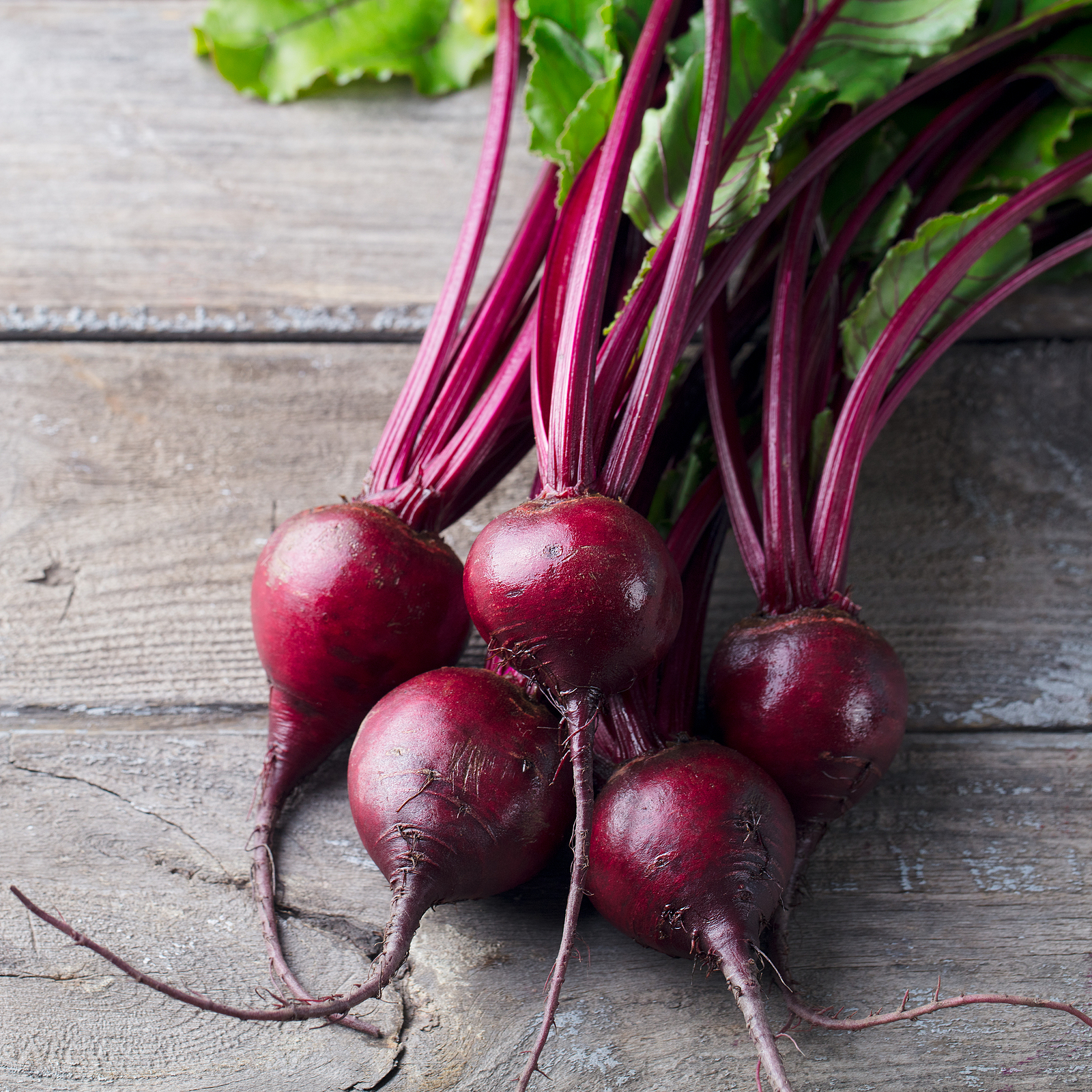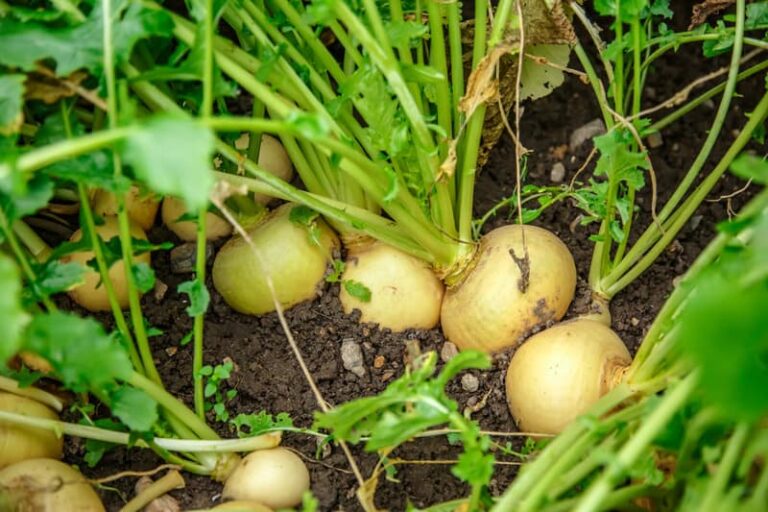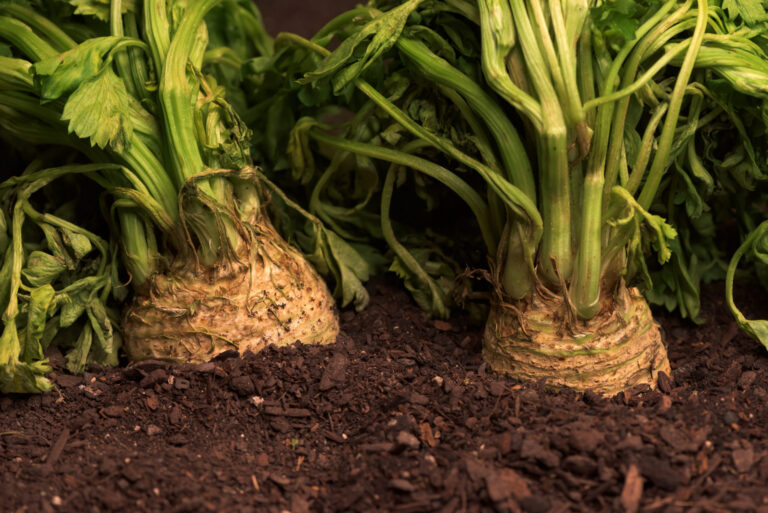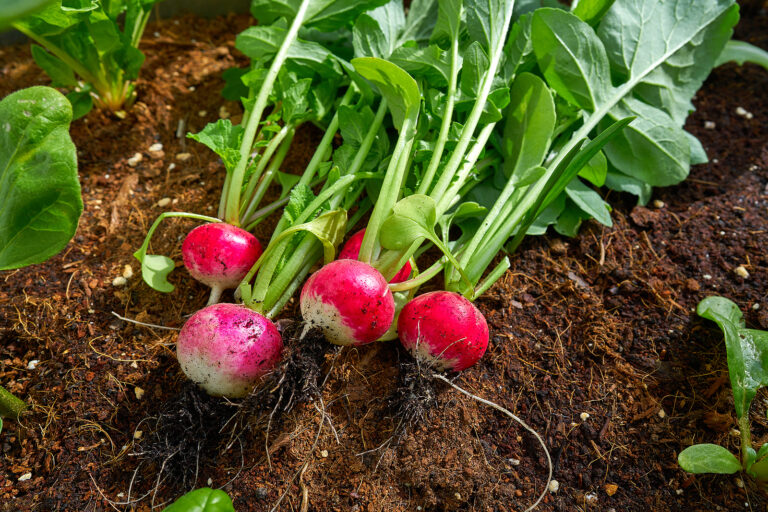Why Are My Beets Not Forming Roots? Common Growing Problems Solved
Few things are more frustrating than seeing beet seedlings grow but fail to develop healthy roots. After 30+ years of vegetable gardening in California’s Central Valley and Sonoma Valley, I’ve encountered—and solved—most of the common problems that cause beets to struggle with root formation.
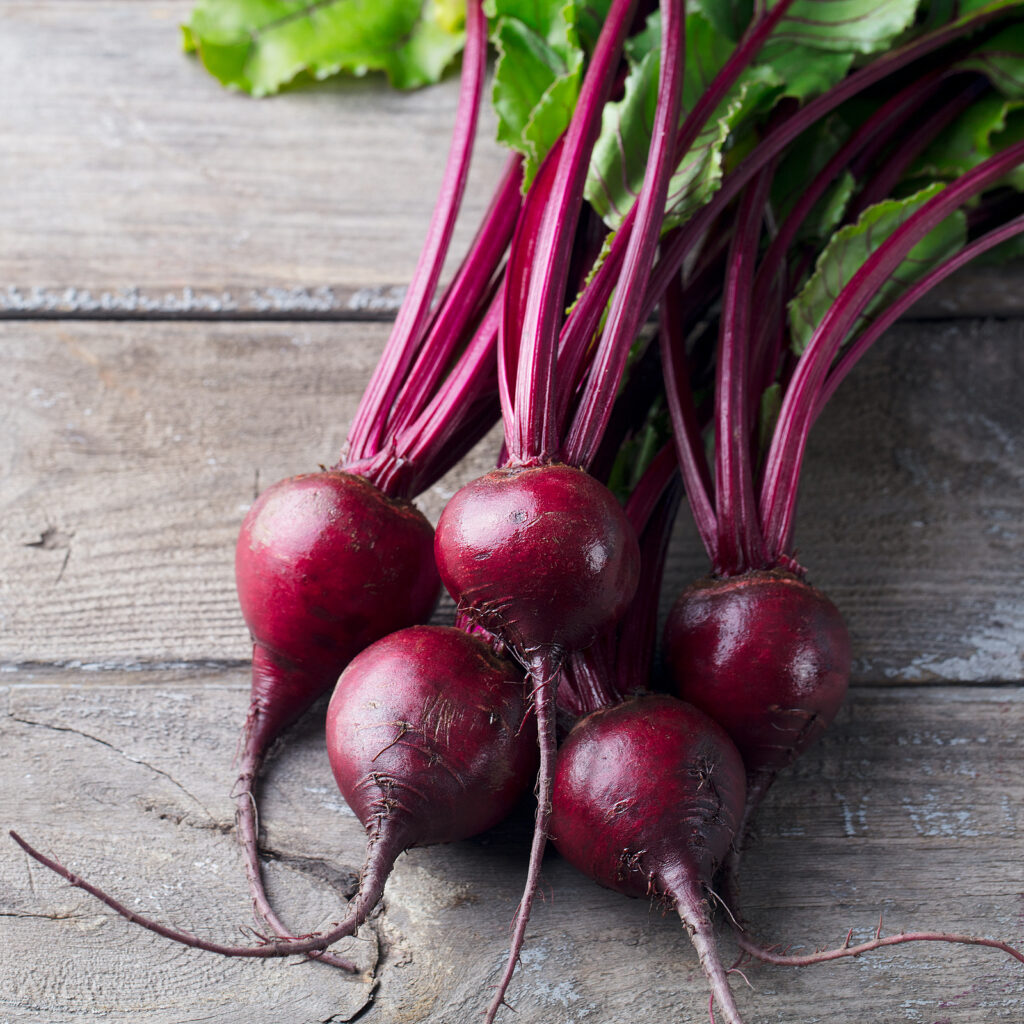
Common Reasons Beets Don’t Form Roots
1. Crowded or Unthinned Seedlings
When seedlings compete too closely for water, nutrients, and space, root development is stunted. Always thin beets to 3–4 inches apart.
2. Poor Soil Conditions
Beets need loose, well-drained soil free of rocks and heavy clay. Compact or rocky soil forces roots to fork or fail.
3. Improper Watering
Both underwatering and overwatering can stress beets. Inconsistent moisture causes roots to crack or stop growing.
4. Excess Nitrogen Fertilizer
Too much nitrogen encourages leafy growth but inhibits root swelling. Use balanced or phosphorus- and potassium-rich fertilizers instead.
5. High Soil pH or Nutrient Deficiencies
Beets prefer slightly acidic to neutral soil (pH 6.0–7.0). Nutrient imbalances, especially low phosphorus, can limit root growth.
6. Pest or Disease Damage
Root maggots, nematodes, and fungal diseases can damage developing roots. Inspect plants regularly and use crop rotation to prevent problems.
7. Heat Stress
Beets are cool-season crops. High temperatures cause bolting or woody roots instead of fleshy ones. Plant early or late to avoid heat.
How to Fix These Problems
- Thin seedlings promptly to reduce competition.
- Improve soil texture by adding compost and avoiding compaction.
- Maintain consistent, moderate watering—about 1 inch per week.
- Use balanced or root-focused fertilizers (e.g., 5-10-10 NPK).
- Test soil and adjust pH and nutrient levels as needed.
- Monitor and manage pests and diseases with integrated pest management (IPM).
- Adjust planting times to avoid heat stress.
Beet Root Formation Troubleshooting Checklist
✅ Seedlings
- Have you thinned seedlings to 3–4 inches apart?
- Are seedlings healthy and vigorous, not crowded?
✅ Soil Conditions
- Is your soil loose, well-drained, and free of rocks?
- Have you amended soil with compost to improve texture?
- Is soil pH between 6.0 and 7.0?
✅ Watering
- Are you watering consistently—about 1 inch per week?
- Is the soil evenly moist, not soggy or dry?
✅ Fertilizing
- Are you using a balanced fertilizer or one higher in phosphorus and potassium?
- Have you avoided excess nitrogen fertilizers?
✅ Pest and Disease Management
- Have you inspected plants for root maggots, nematodes, or fungal diseases?
- Are you rotating crops yearly to prevent pest buildup?
✅ Temperature and Planting Time
- Are you planting beets in cool weather (60–70°F daytime temps)?
- Have you avoided planting during hot summer periods?
- Are you using shade cloth or other protection if temperatures spike?
My Experience and Recommendations
In my own garden, regular thinning combined with deep, even watering has been the most effective way to encourage strong root development. I also pay close attention to soil health, adding compost annually and rotating crops to minimize pests. When heat threatens to stress my beets, I plant in early spring or early fall and use shade cloth if needed.
Beets Growing Hub
Start here: Ultimate Guide to Growing Beets from Seed to Harvest
1. Getting Started (Timing, Planting, Varieties)
- When to Plant Beets: Timing by Season and Region
- Beets Seed Starting Tips
- Thinning and Spacing Beets for Better Roots
- Beet Varieties for Small Spaces and Containers
- Best Beet Varieties for Sweet Flavor and Tender Texture
2. Growing & Care
- Best Companion Plants for Beets (And What to Avoid)
- How to Fertilize Beets for Root and Leaf Growth
- How Much Water Do Beets Need? A Watering Guide
- How to Grow Beets in Raised Beds and Containers
- Growing Beets in Hot Weather: Challenges and Solutions
- Succession Planting Beets for a Continuous Harvest
3. Problems & Troubleshooting
- Why Are My Beets Not Forming Roots? Common Growing Problems Solved
- Beets and Swiss Chard Growing Problems: Troubleshooting
4. Harvest, Storage & Kitchen Use
- How and When to Harvest Beets for Best Flavor
- How to Harvest and Store Beets
- Seven Ways to Cook and Serve Beets

